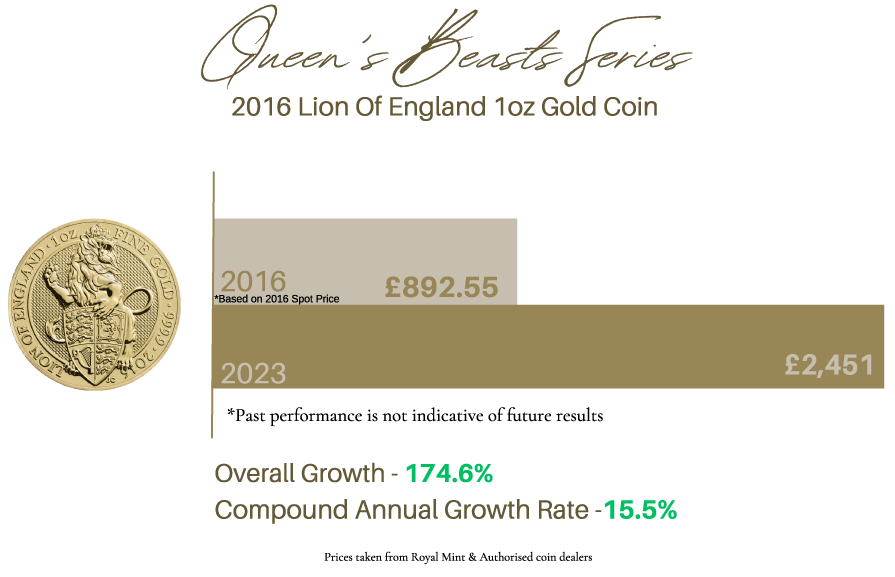
Graded gold coins hold a special place in the world of numismatics. These coins have been professionally evaluated and certified for their authenticity, condition, and rarity by grading agencies such as the Professional Coin Grading Service (PCGS) or the Numismatic Guaranty Corporation (NGC). For beginners looking to invest in gold coins, understanding the value of graded coins can be a lucrative and rewarding endeavor. In this beginner's guide, we will explore the various factors that contribute to the value of graded gold coins and how you can unlock their full potential.
One of the primary benefits of investing in graded gold coins is the assurance of authenticity. By purchasing coins that have been certified by a reputable grading agency, you can be confident that you are getting a genuine and valuable coin. This is especially important in the world of gold coins, where counterfeits are prevalent. Graded coins come encapsulated in a protective holder with a unique certification number, providing a level of security and peace of mind for investors.
Another key factor that contributes to the value of graded gold coins is their condition or grade. Coins are graded on a scale from 1 to 70, with 70 being considered perfect or mint state. The higher the grade, the more valuable the coin is likely to be. A coin that has been well-preserved with minimal wear and attractive luster will command a higher price in the market. Collectors and investors often seek out coins in higher grades for their aesthetic appeal and potential for appreciation over time.
Rarity is also a significant driver of value in the world of graded gold coins. Coins with low mintage numbers, historical significance, or unique features are highly sought after by collectors and investors. These coins tend to command higher prices due to their scarcity and desirability. Grading agencies will often include information about the rarity of a coin in their certification, providing valuable insight for potential buyers.
In addition to authenticity, condition, and rarity, the market demand for a particular graded gold coin can also impact its value. Coins that are in high demand from collectors or investors will typically sell for a premium compared to coins that are less popular. Factors such as historical significance, cultural relevance, or aesthetic appeal can drive up demand for certain coins, leading to increased prices in the market. Keeping an eye on market trends and understanding the factors that influence demand can help you make informed decisions when buying or selling graded gold coins.
When it comes to buying graded gold coins, there are a few tips that beginners should keep in mind. Firstly, do your research and educate yourself about the grading process, market trends, and pricing guidelines. Understanding the factors that contribute to the value of graded coins will help you make informed decisions and avoid overpaying for a coin. Secondly, buy from reputable dealers or auction houses that specialize in graded gold coins. Working with trusted sources will ensure that you are getting authentic and accurately graded coins.
Lastly, consider building a diversified portfolio of graded gold coins to mitigate risk and maximize potential returns. Investing in a variety of coins with different grades, mintages, and designs can help spread out risk and capitalize on opportunities in the market. By diversifying your holdings, you can take advantage of different investment strategies and potentially increase the overall value of your collection over time.
Overall, investing in graded gold coins can be a rewarding and profitable endeavor for beginners. By understanding the factors that contribute to the value of graded coins and following best practices for buying and selling, you can unlock the full potential of your investment. With a combination of research, patience, and a keen eye for quality, you can build a valuable collection of graded gold coins that will stand the test of time.